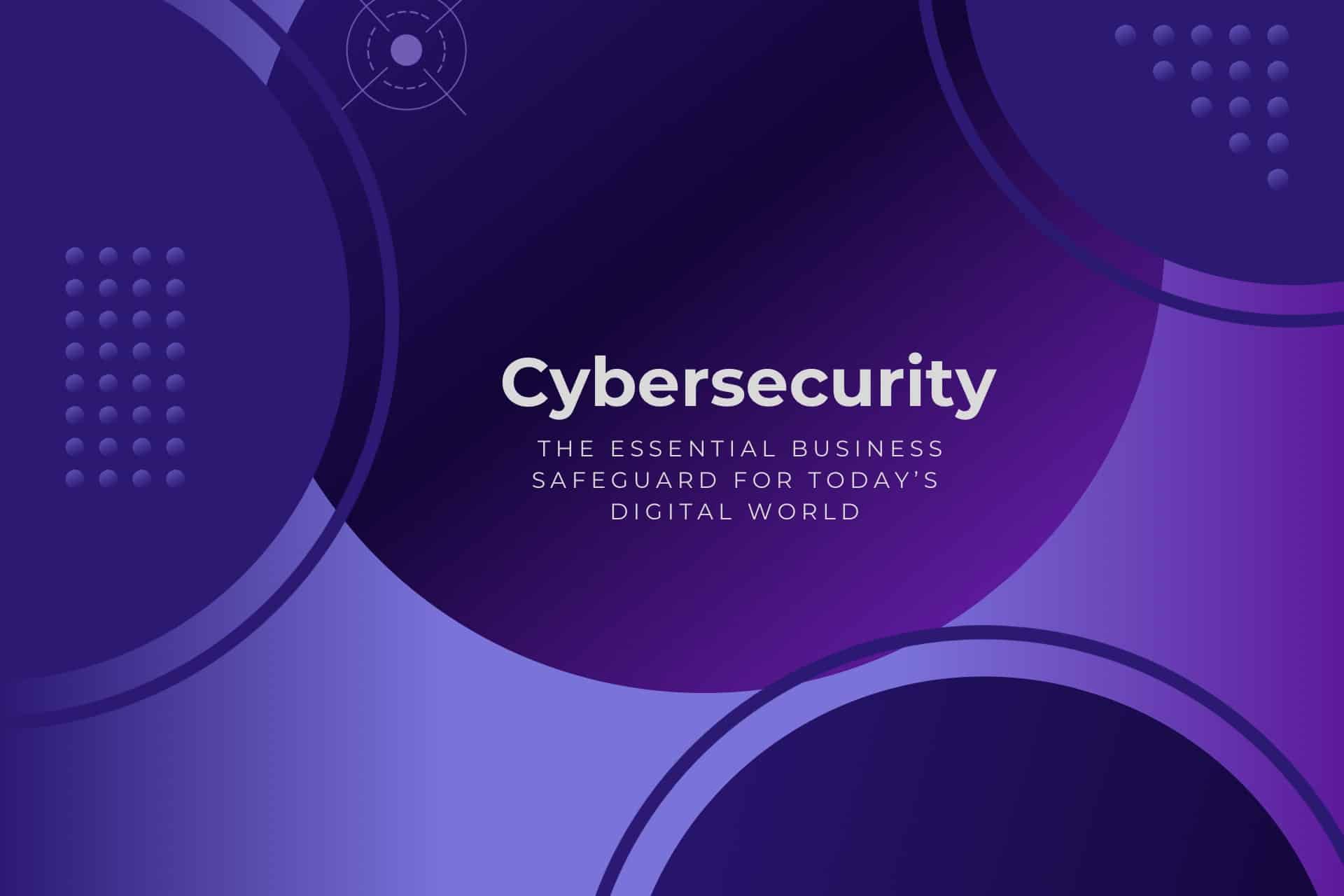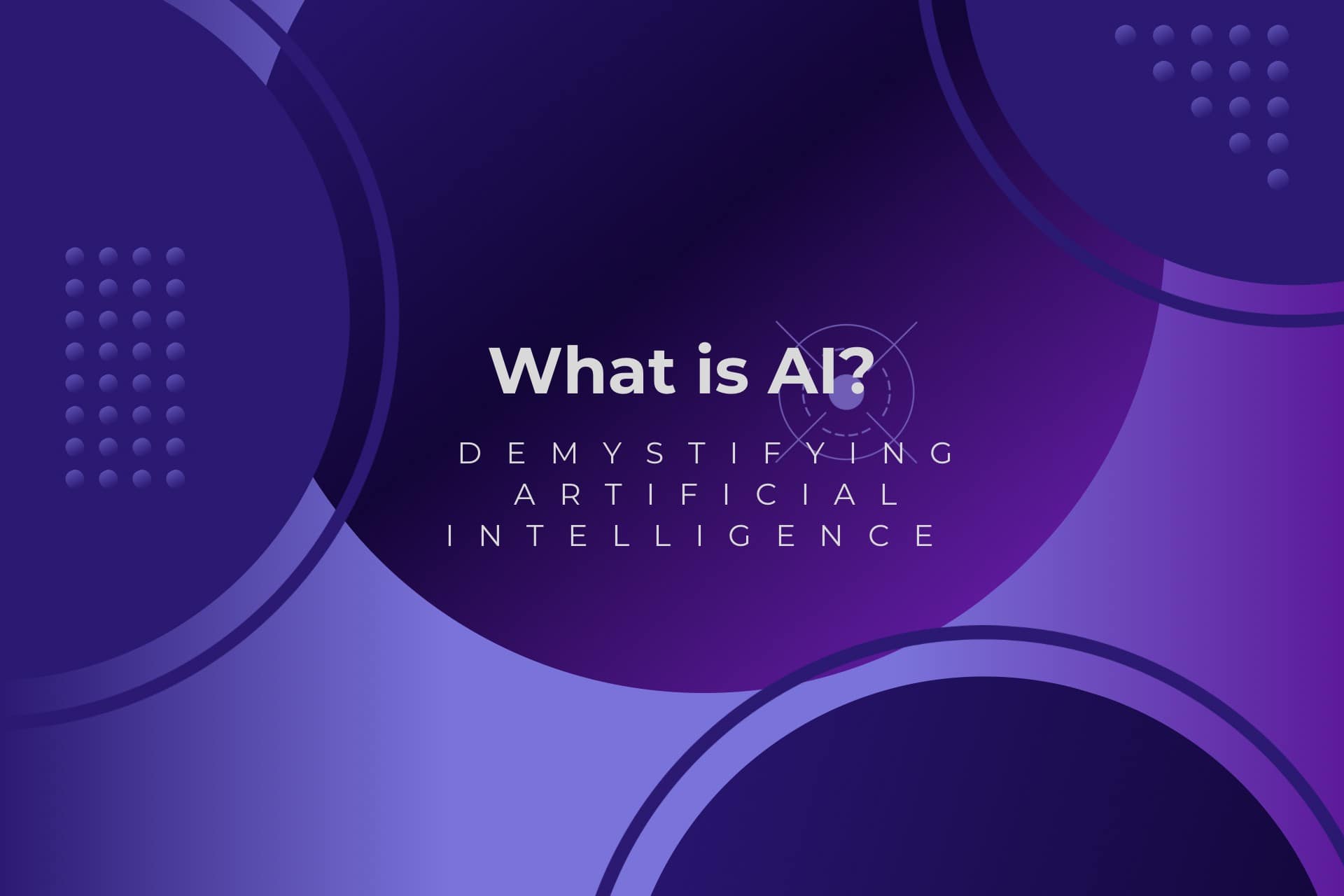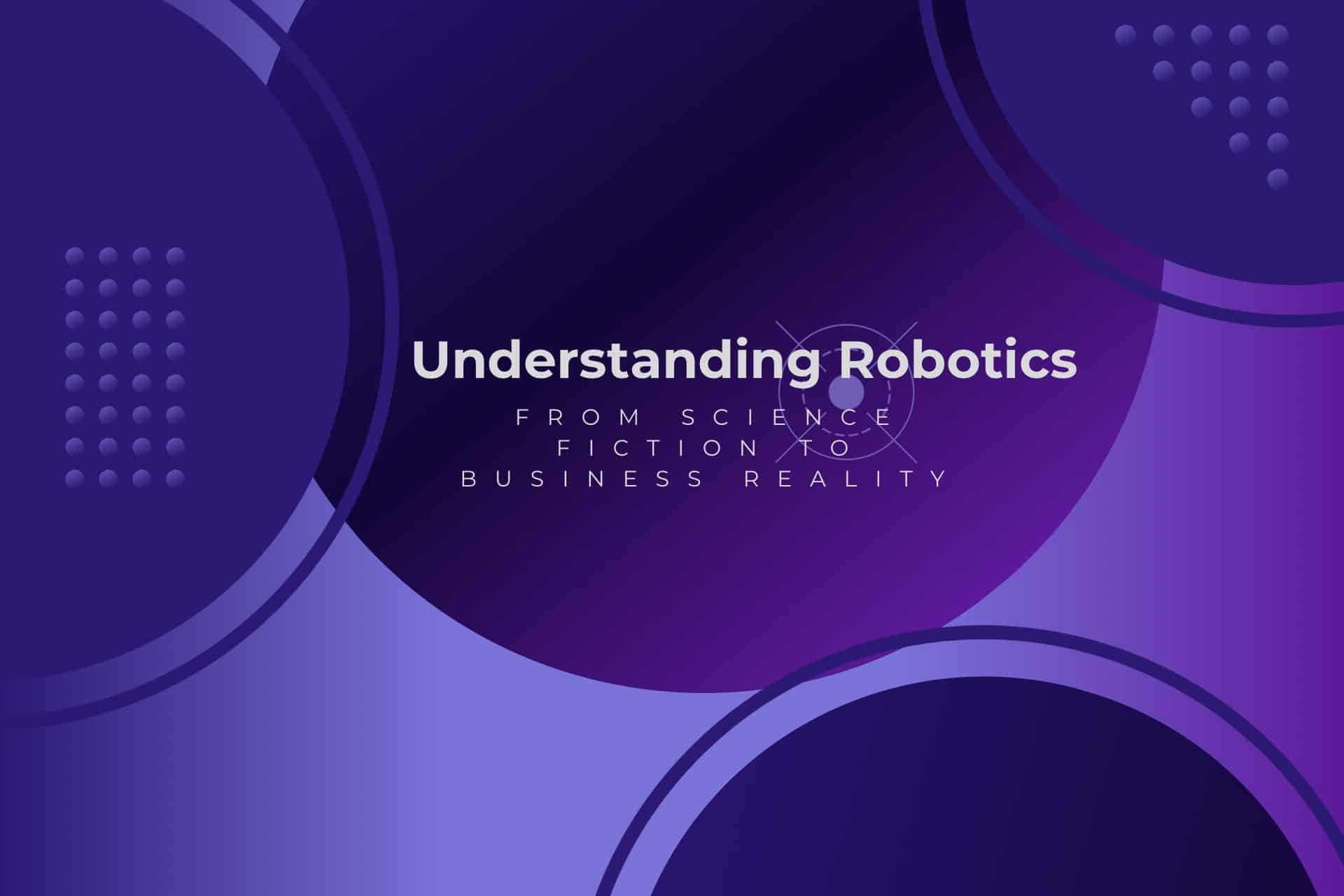In an era where business operations increasingly migrate to digital platforms, cybersecurity has transformed from a technical consideration into a fundamental business imperative. As our digital footprints expand, so too does our vulnerability to cyber threats that can compromise sensitive data, disrupt operations, and damage hard-earned reputations. Understanding cybersecurity isn’t just for IT teams anymore – it’s knowledge every forward-thinking business leader must possess.

Beyond Technical Jargon: What Cybersecurity Really Means
At its essence, cybersecurity encompasses the practices, technologies, and processes designed to protect networks, devices, programs, and data from attack, damage, or unauthorized access. But thinking about cybersecurity solely as a defensive technical measure misses its true significance. Modern cybersecurity is about business continuity, customer trust, regulatory compliance, and competitive advantage. It’s about ensuring that the digital systems that power your business remain reliable, trustworthy, and resilient in the face of evolving threats.
Cybersecurity touches every aspect of a modern organization. From the confidential customer data you’re entrusted to protect, to the intellectual property that gives your business its edge, to the operational systems that keep your business running day-to-day, all require robust security measures tailored to their specific vulnerabilities and importance to your organization.
The Evolving Threat Landscape
The nature of cyber threats has evolved dramatically over the past decade. What once might have been isolated incidents carried out by individual hackers have transformed into sophisticated operations conducted by organized criminal enterprises, state-sponsored groups, and hacktivists with varying motivations. These threat actors employ increasingly sophisticated tactics that combine technical exploitation, social engineering, and persistent targeting of specific vulnerabilities.
Ransomware attacks have grown exponentially, with criminals encrypting critical business data and demanding payment for its release. Social engineering attacks have become more targeted and convincing, manipulating employees into revealing credentials or transferring funds. Most concerning is that these attacks target organizations of all sizes across all industries. The notion that “we’re too small to be targeted” has repeatedly been proven dangerous and false.
The Business Impact: Why Cybersecurity Matters
The business consequences of inadequate cybersecurity extend far beyond the immediate technical response. A significant breach typically triggers a cascade of business challenges that can persist for months or even years after the initial incident.
Financial impacts are often the most immediate and quantifiable. Organizations face direct costs from incident response, system remediation, and potentially ransom payments. But these are frequently dwarfed by subsequent costs: regulatory fines for data protection failures, legal fees from customer lawsuits, increased insurance premiums, and the operational costs of rebuilding affected systems with improved security.
Reputational damage often proves even more costly in the long term. When customers entrust their data to your organization and that trust is broken, rebuilding confidence can be extraordinarily difficult. Business partners may question your organization’s reliability, and prospective customers may choose competitors perceived as more secure.
Operational disruption represents another critical impact. Modern ransomware attacks don’t just hold data hostage, they can completely halt business operations. Manufacturing companies have seen production lines stopped, healthcare providers have been forced to cancel procedures, and service businesses have found themselves unable to access customer records or processing systems.
Foundations of Effective Cybersecurity
Building effective cybersecurity requires a layered approach that addresses people, processes, and technology, the three pillars of comprehensive security.
The people component is perhaps the most challenging yet critical element. Creating a security-aware culture involves regular training, clear policies, and leadership that demonstrates the importance of security practices. Employees need to understand not just what security procedures to follow, but why they matter and how they connect to broader business objectives.
Process frameworks provide structure and consistency to security efforts. Frameworks like NIST Cybersecurity Framework, ISO 27001, and CIS Controls offer proven approaches to identifying vulnerabilities, protecting assets, detecting incidents, responding to breaches, and recovering from them.
Technology solutions continue to evolve as threats become more sophisticated. Traditional perimeter defenses like firewalls remain important but are now supplemented by advanced tools like endpoint detection and response (EDR), security information and event management (SIEM) systems, and increasingly, solutions leveraging artificial intelligence to identify anomalous behaviors.
Building Resilience: Beyond Prevention
Modern cybersecurity thinking recognizes that despite best efforts, breaches may still occur. This realization has shifted focus from prevention alone to comprehensive resilience strategies that emphasize detection, response, and recovery capabilities.
Incident response planning has become essential for organizations of all sizes. These plans detail roles, responsibilities, and procedures for addressing security incidents when they occur. They include communication protocols, forensic procedures, and escalation paths that enable quick, coordinated responses that minimize damage and recovery time.
Business continuity planning extends this thinking to ensure organizations can maintain critical functions during disruptions. These plans identify essential systems and processes, establish acceptable downtime thresholds, and create procedures for operating in degraded states while recovery proceeds.
Looking Forward
The cybersecurity landscape will continue evolving as technology advances and threat actors develop new techniques. Organizations that approach security as an ongoing program rather than a one-time project will be best positioned to adapt to these changes.
In this environment, the most successful organizations will be those that view cybersecurity not as a cost center or necessary evil, but as a business enabler that creates competitive advantage through protected innovation, trusted customer relationships, and operational resilience. They’ll integrate security considerations into strategic planning, not just tactical operations. And they’ll foster cultures where security is everyone’s responsibility, not just the security team’s problem.
The journey toward cybersecurity maturity is continuous rather than finite.

